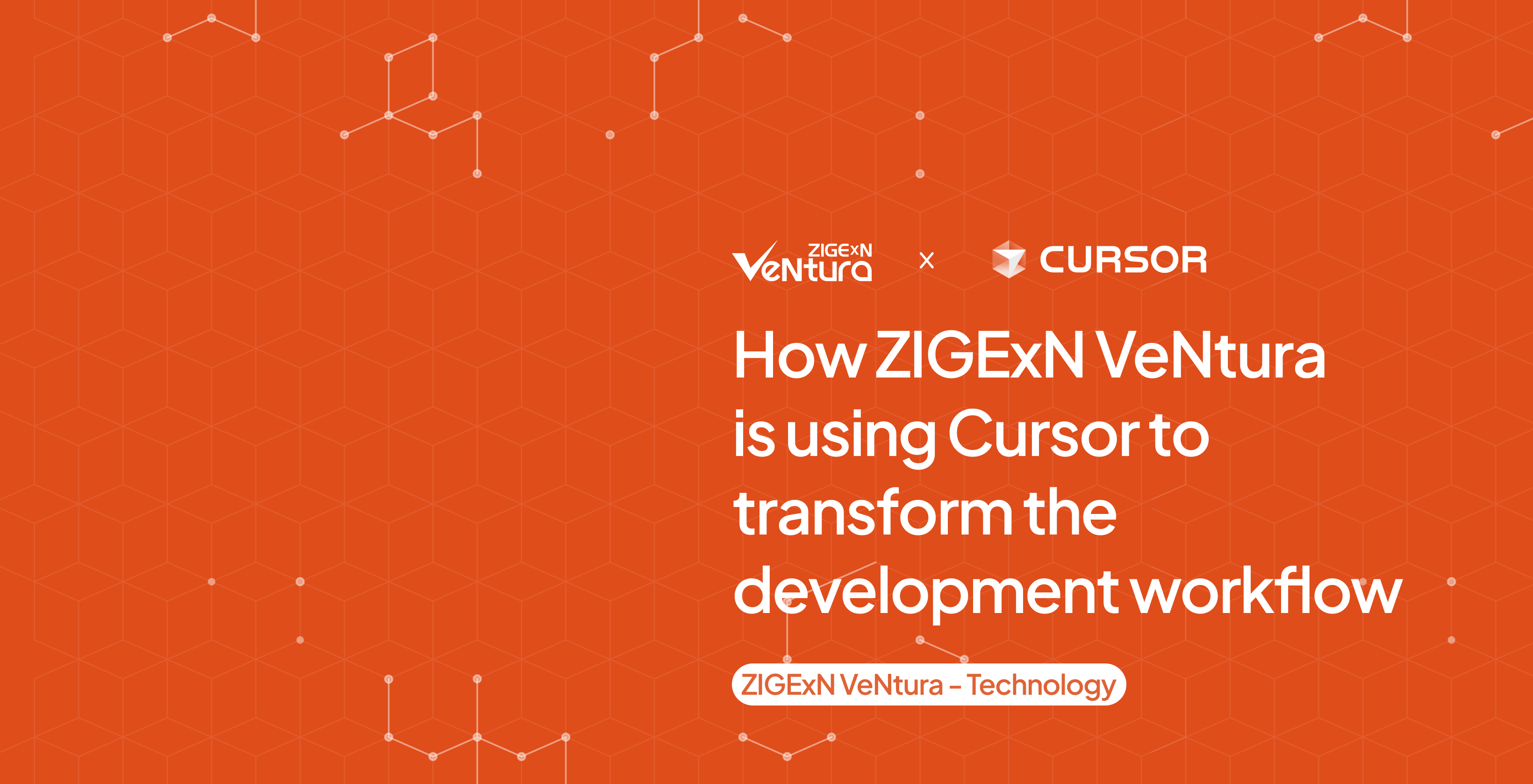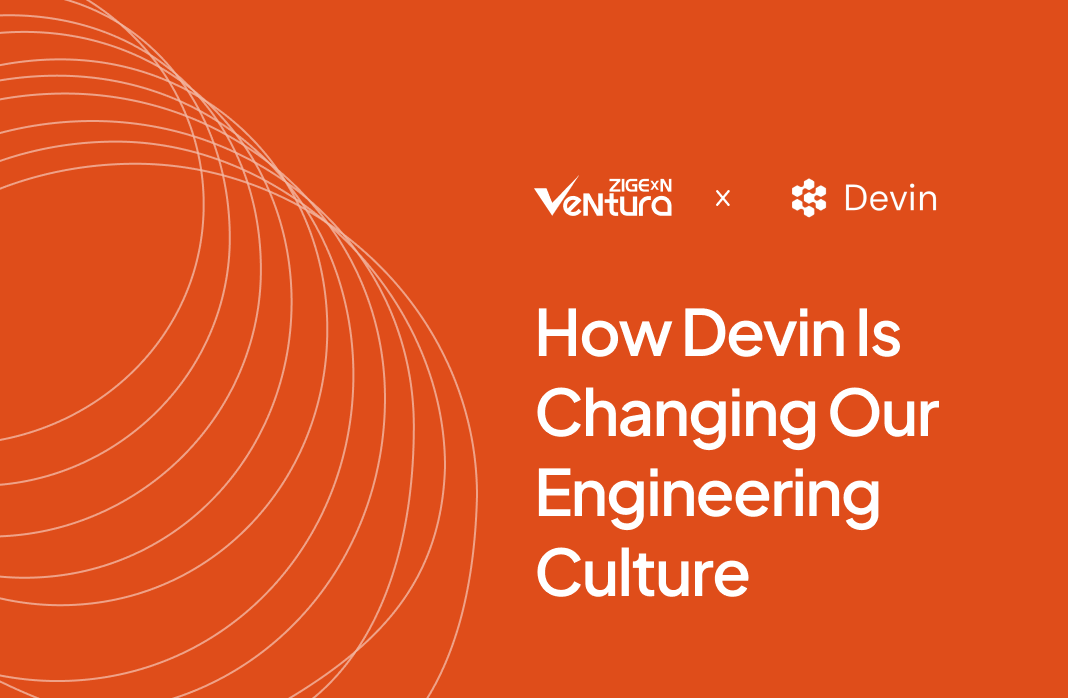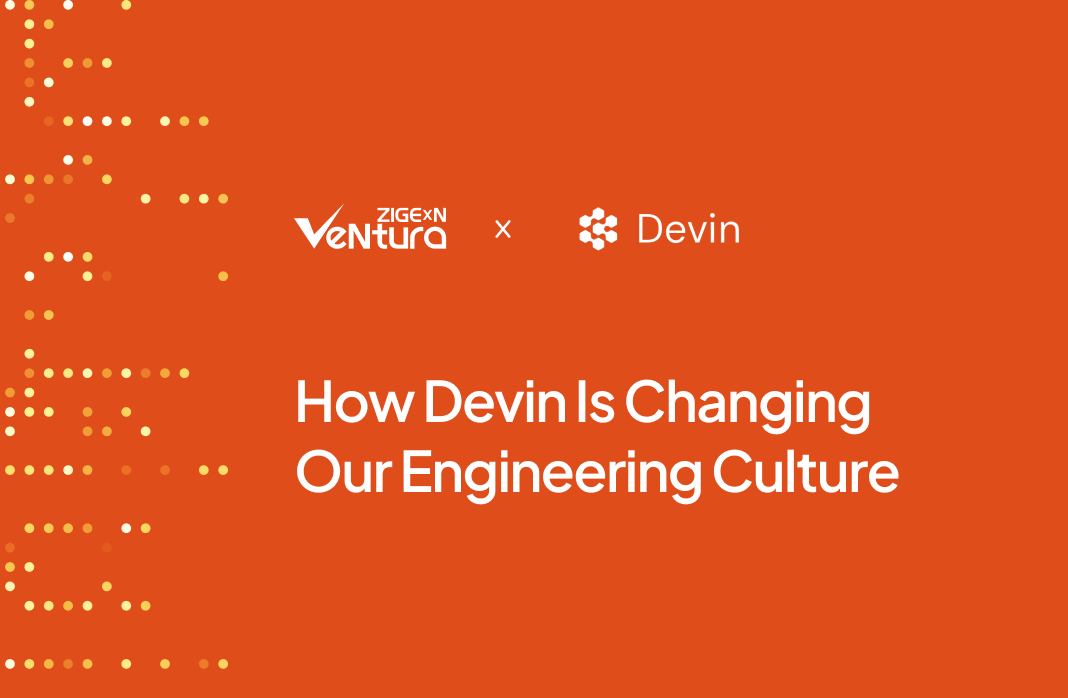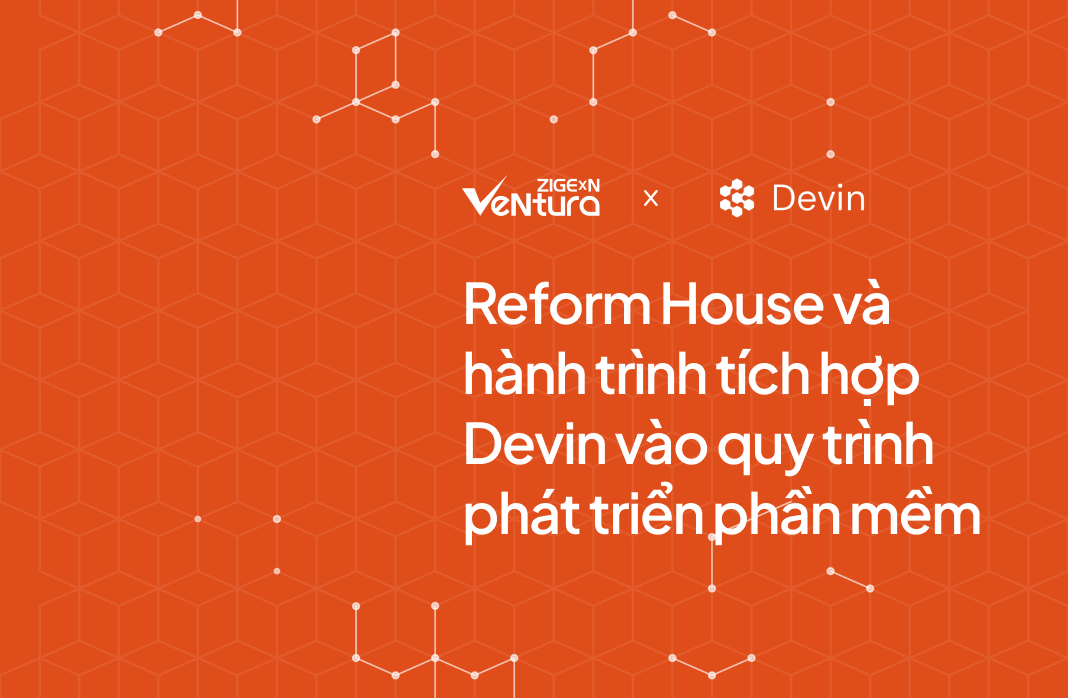At ZIGExN VeNtura, we’re always looking for ways to push our development practices forward, not just by writing better code, but by rethinking how we work. In March 2025, we began piloting Cursor, an AI-powered code editor, across several of our development teams. The idea was simple: give our engineers a smarter way to code, investigate, and collaborate, and see what happens.
After three months of experimentation, feedback, and real project use, the results were clear. Cursor not only helped developers move faster, but also reduced repetitive work, cut down on errors, and allowed everyone, from interns to tech leads, to spend more time on higher-value problems. That’s why we decided to officially roll out Cursor to all teams starting June 2025.
When used alongside Devin, our autonomous AI software engineer, Cursor is now a key component in our AI-enhanced development environment. Together, these tools support everything from requirement analysis and design to implementation, review, and testing, a full loop that’s faster, smarter, and more collaborative.
This article shares why we decided to adopt Cursor, what it helps us solve, and the specific results we’ve observed so far. Our goal is to show how AI, when used thoughtfully, can unlock real productivity for engineers of all levels.
Why we introduced Cursor
Before Cursor, our teams were spending a lot of time on manual and repetitive tasks. Developers often had to copy and paste similar code across different parts of a project. For newer members, small mistakes could easily go unnoticed, which meant senior engineers had to spend more time reviewing their work. Investigating codebases, especially older or more complex ones, also took significant effort and time. This slowed us down during impact analysis and made it difficult to onboard new team members efficiently.
Even though we wanted to encourage more thorough self-reviews and better unit testing, the reality was that most developers simply did not have enough time. As a result, our ability to focus on higher-value work, like improving system architecture, reducing technical debt, or exploring new technologies, was limited.
We needed a tool that could help streamline the repetitive parts of development, reduce friction in knowledge sharing, and create more room for creative thinking. That’s where Cursor came in.
What Cursor helps us do better
After the pilot began, Cursor quickly proved its value across multiple phases of our workflow.
1. Requirement analysis
During requirement analysis, the tool could instantly surface related code and past commits. This allowed developers to understand potential impacts and ask the right questions before they even started designing or coding.
2. Design / Implementation
When writing code, Cursor supported us with natural language instructions and smart suggestions. Instead of writing everything from scratch, developers could ask Cursor to generate code based on Gherkin-style requirements. The output wasn’t just boilerplate. It reflected our standards and past design patterns, which saved time and improved consistency.
3. Reviews
For code reviews, Cursor became our first layer of feedback. It scanned pull requests, highlighted potential issues, and provided comments that helped junior developers learn best practices while giving senior developers more space to focus on high-priority concerns. The initial round of review was automated, which made the whole process faster and more consistent.
4. Testing
Testing was another area where Cursor made a noticeable difference. Based on Gherkin specifications, it automatically generated manual test cases that were closely aligned with real-world use cases. This gave QA engineers a solid foundation to work from and helped reduce the time spent writing tests manually.
5. Knowledge sharing
Finally, one of the most valuable aspects was how Cursor supported knowledge sharing. Approved designs and helpful prompts were saved into the system’s Memory Bank. Team members could ask questions and receive answers backed by real code references, reducing dependency on a few experienced individuals.
Results from the pilot
Within just three months, we saw measurable impact.
Cursor reduced the time needed to write detailed designs by around 70 percent. For small to medium development tasks, implementation time was shortened by 40 to 60 percent. In some cases, the savings went up to 80 percent. Code reviews also became more efficient, with an estimated time reduction of 30 to 40 percent. The AI-generated test cases covered about half of what we needed, which significantly supported our QA process.
In addition, the tool generated automatic Q&A responses for vague or unclear requirements. This helped clarify what needed to be built before development began, reducing unnecessary rework later.
Roadmap
Following the pilot, our focus has shifted to helping every team member integrate Cursor into their daily work. We’re aiming to provide clearer documentation, collecting real-life use cases, and encouraging team leads to share their learnings across teams.
We’re also working to apply AI-driven workflows more consistently across all development phases, from requirement analysis to testing, so that every team can benefit from the same level of efficiency and support. To support this, we’re improving how the Memory Bank is used. Our goal is to make reusable knowledge and code easier to find, understand, and apply in future tasks.
When used together, Cursor and Devin are not just tools but a foundation for how we approach development. We believe that by continuing to refine these workflows, we can reach our goal of increasing productivity by 50 percent while creating more time and space for impactful engineering work.
A word from our CEO
"Cursor helps remove repetitive tasks, so junior members can get up to speed faster. At the same time, senior engineers can focus more on high-value work such as system design, solving technical debt, and making meaningful improvements to our product.
By combining it with Devin, we believe we can reach 50 percent higher productivity this year."
— Daichi Ishiguro, CEO of ZIGExN VeNtura






